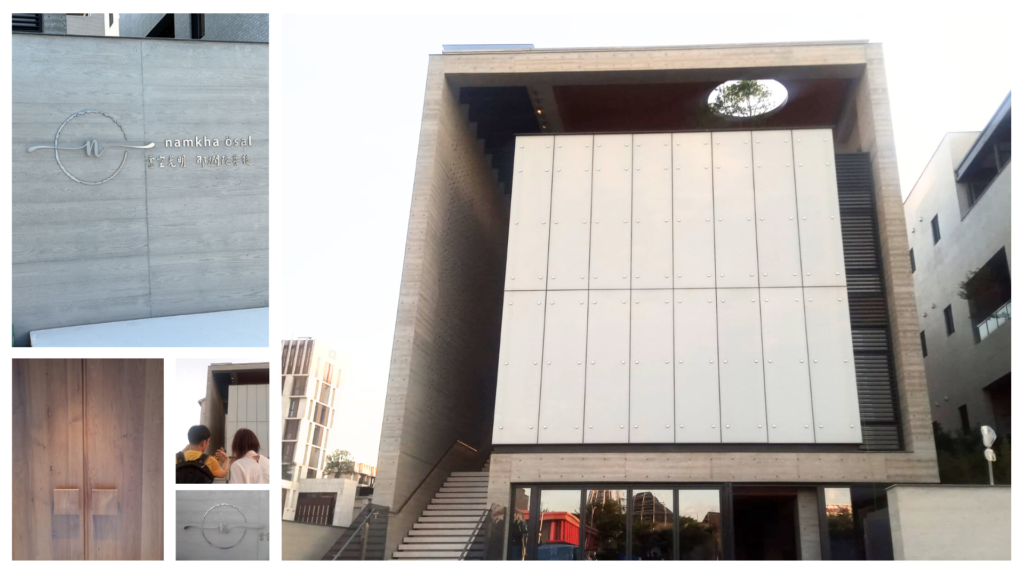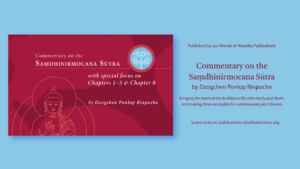After more than five years, Namkha Ösal, Nalandabodhi Taichung’s new center, will officially open its doors on Lhabab Düchen (October 23rd). This is a significant milestone for our worldwide community.
Dzogchen Ponlop Rinpoche will personally preside over the ceremony. Brief talks will be offered by Acharya Lama Tenpa Gyaltsen, Huang Min Wei, student of architect Kris Yao (the main designer of Namkha Ösal), and renowned TV producer Wang Wei-Chung from October 20th through to October 23rd.
The opening of their new building now makes it possible to study the dharma, especially Mahāmudrā and Dzogchen, fully in the Chinese language. We hope this will further contribute to making the Buddha’s words and the Vajrayana teachings, especially those of the Nyingma and Karma Kagyü, fully accessible to all.






